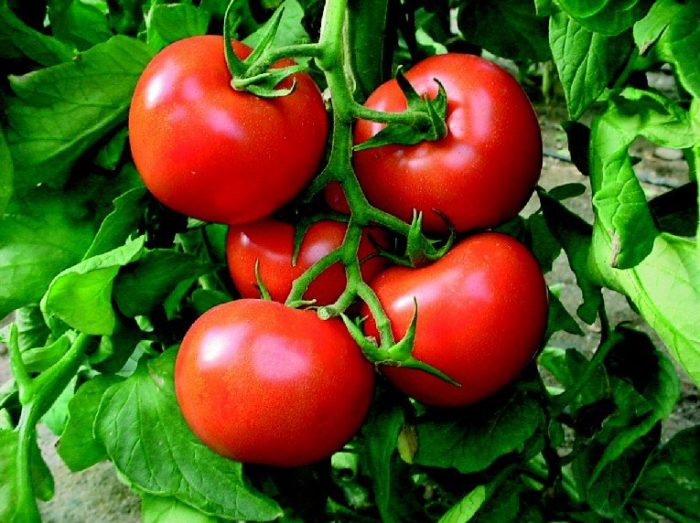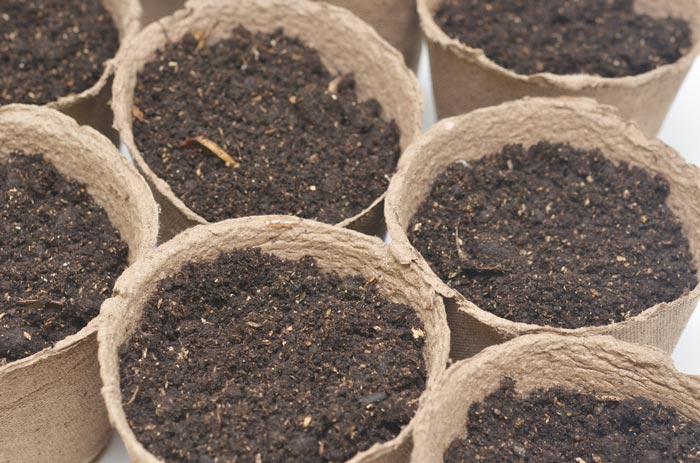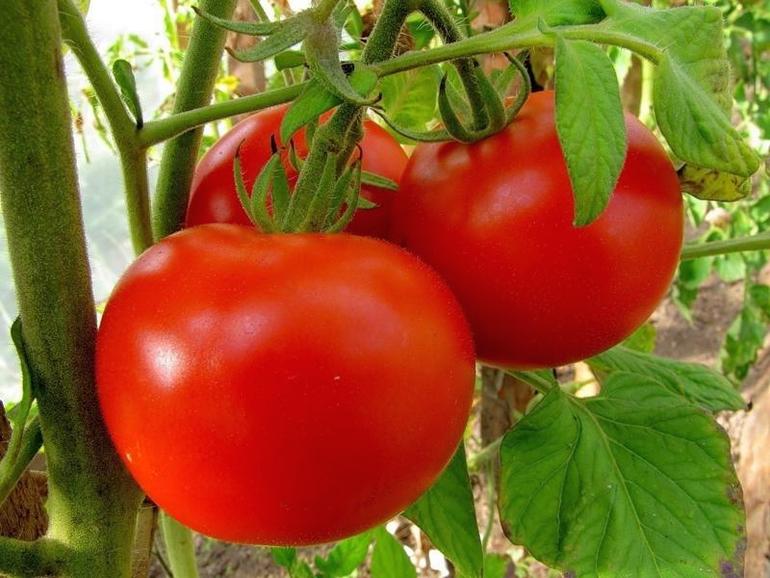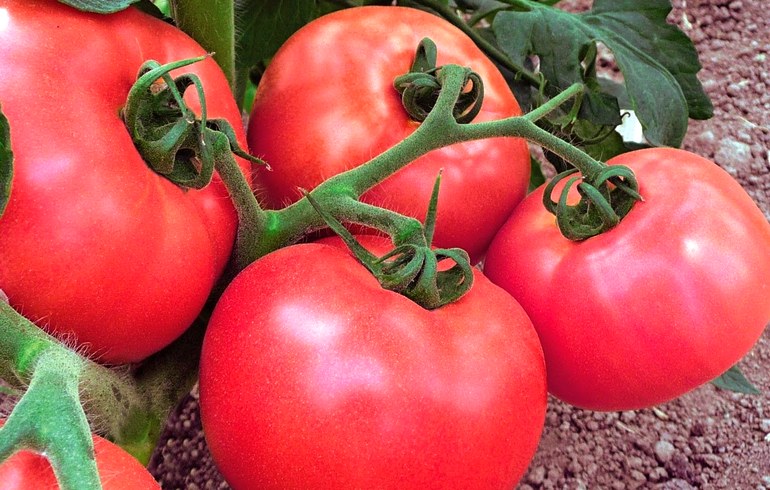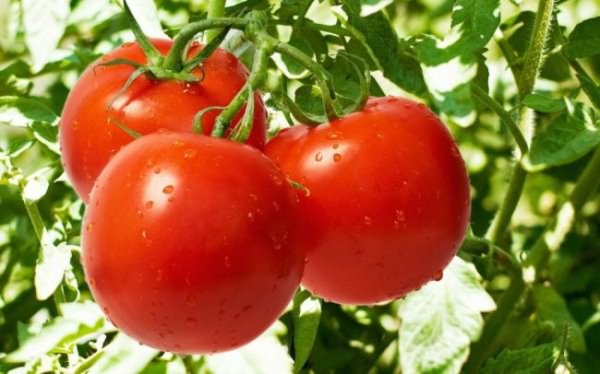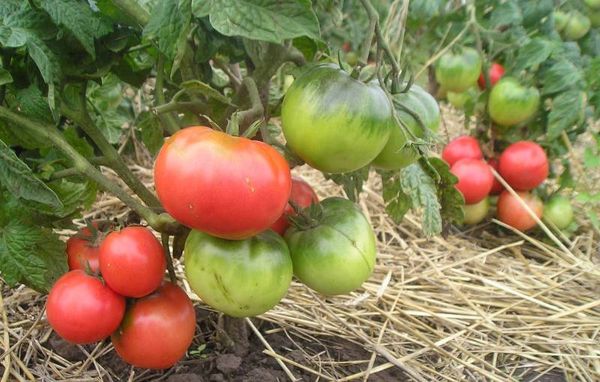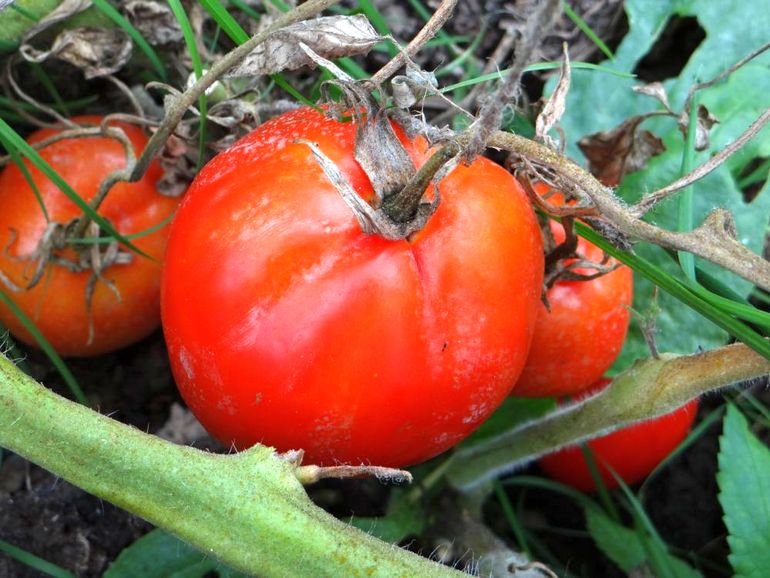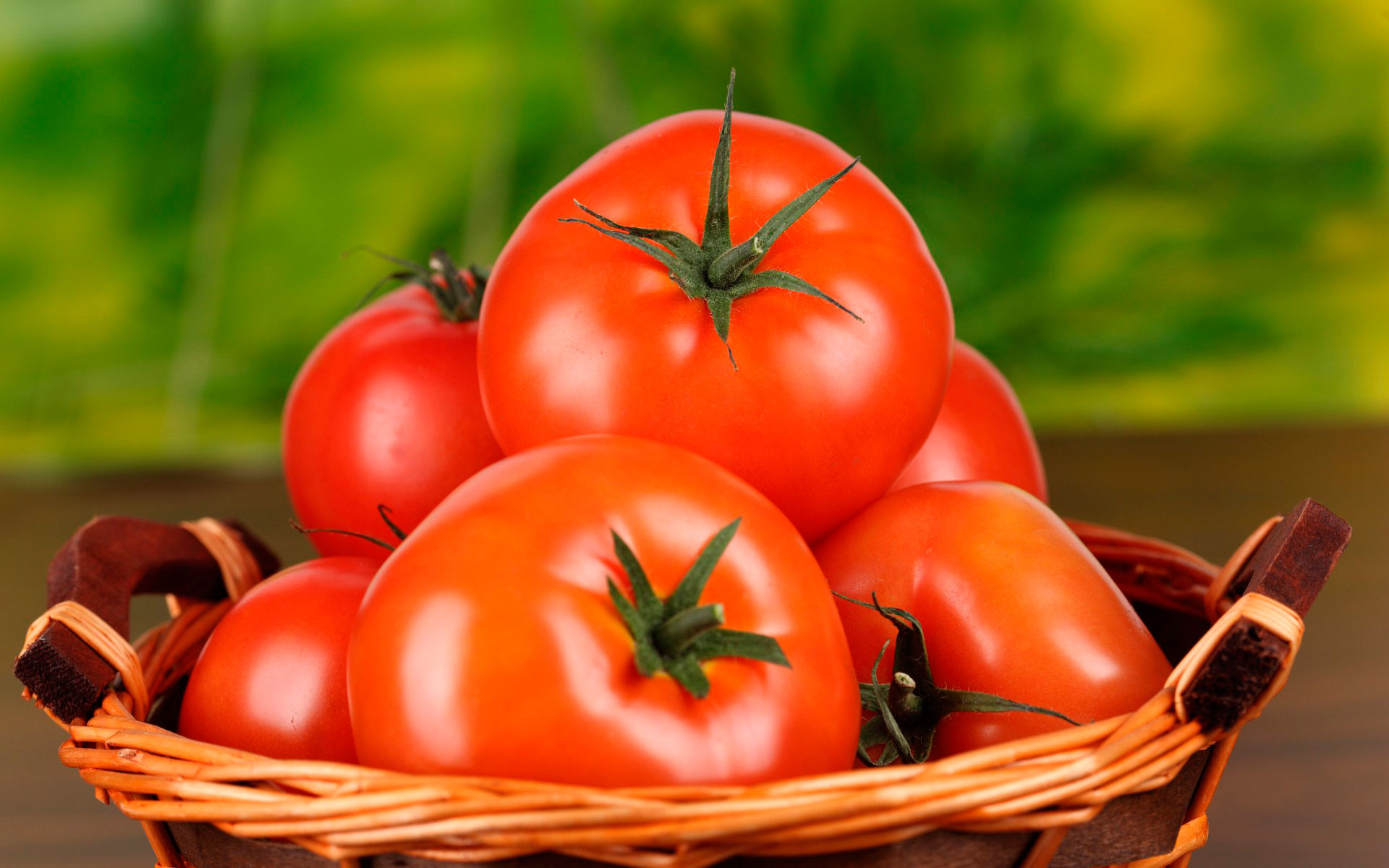Content:
The hybrid tomato Bogata Khata, well-known to amateur gardeners, was bred back in 1997 by a group of Ukrainian breeders. In our country, it was registered a little later (it was added to the State Register only in 1999). This variety was originally classified as a hybrid and was intended to be grown outdoors or under cover. The official supplier of this plant, which has miniature (dwarf) fruits, is the Aelita association (Moscow).
Best of all, the specified tomato variety showed itself in the southern regions of the country, where it successfully reproduces and bears fruit, being planted in open ground. In the middle zone of the country, it is recommended to grow it in artificially insulated beds, and closer to the north - in typical greenhouses or greenhouses.
The described culture belongs to heat-loving plants, on the bushes of which a small (dwarf) tomato ripens. Another feature of this species is the admissibility of breeding in a home environment. When growing Bogata Khata tomato on a windowsill or loggia, it is possible to get a very early harvest of ripe and juicy tomatoes.
This type of tomato is ideal for canning and barrel pickling. But even fresh, it has good taste and perfectly complements any table dish. In addition, it is possible to obtain very useful and pleasant-tasting juices, tomato purees and pastes from ripe fruits.
To the above, it should be added that the tomato variety "Bogata Khata" as a hybrid plant is quite resistant to various types of garden diseases.
Feature and Description
For a more complete acquaintance with this type of tomato, you should consider its main characteristics, which can be represented by the following features:
- According to the time of fruit ripening, the tomato variety in question belongs to medium early crops, and according to the growth characteristics - to determinant, or rather to standard (or undersized species);
- The approximate ripening time of fruits is 90-105 days after sowing;
- Due to its short stature and compactness, the bush of this tomato, which has a height of no more than 30-50 cm, can be easily grown on a balcony or loggia;
- This type of dwarf tomato does not need special tying; also, it is not necessary to pinch it, as is provided for a number of other tomato crops;
- The plant has a fairly thick and strong stem, and its leaves are light green, slightly carved and stand out for their brightness;
- It is distinguished by an enviable resistance to most of the known garden diseases, and its yield (subject to the rules of care) can please any gardener;
- From one bush of such a plant, it is sometimes possible to remove up to 1.5 kg of tomatoes with an average weight of about 90-120 grams;
- Thus, at a given planting density of 5-6 bushes per unit area, up to 8-9 kg of ripe fruits can be collected from it;
- The early and rather prolonged ripening time of the fruits of the tomato "Bogata Khata" allows you to enjoy them throughout the autumn period with the transition to winter.
In addition, when describing this type of tomato, one should pay attention to their ability for long-term storage and excellent transportability, which greatly attracts fans of tomato cultivation for sale.
As for the appearance of the fruits of the Bogata Khata plant themselves, they are rather small, slightly ribbed and have a rounded shape. In addition, they can be distinguished by the following characteristic features:
- They look very elastic and have a deep red color;
- The fruit has a specific taste, and the pulp is not only juicy, but also quite aromatic;
- It immediately stands out for its fleshiness, but at the same time it is not at all watery;
- It has 3-4 grain nests and up to 5-6% dry matter;
- The peel of the tomatoes themselves is smooth and quite dense.
The ready-to-eat fruits of the "Bogata Khata" tomato can be consumed both raw and as a seasoning for various dishes. In addition, the Bogata Khat tomato plants themselves, the characteristics and description of the variety of which are considered in this part of the review, tolerate a lack of moisture well and can develop in hot climates.
Regarding diseases of plants of this species, we will immediately make a reservation that they rarely get sick. However, in order to prevent them, it is recommended to spray them with special antifungal drugs. It is also necessary to carefully monitor that the fruits of tomatoes are not threatened by harmful dew.
Since small cracks sometimes appear on them, to prevent this unpleasant phenomenon, it is necessary to ensure the normal flow of light and moisture to the bushes.
Growing features
When considering the agricultural technology of Bogata Khata tomatoes, no significant differences from other varieties of vegetable crops are usually found. However, there are some nuances regarding the planting of seedlings and vegetation of young seedlings. They will be discussed in more detail below.
Transplanting
For central Russia, the most suitable time for sowing seedlings is mid-March.
We pay special attention to the fact that before planting the seeds should be carefully selected and sifted out unfit for use. To do this, you need to do the simplest operation by placing them in a glass with an aqueous solution of salt and slightly stirring with any convenient object. The "correct" seeds will immediately sink to the bottom during stirring, which means they are suitable for planting (the ones remaining on the surface are simply thrown away).
Then, small depressions (no more than 1 cm) are made in pre-prepared peat pots, after which the previously selected seed is placed in them. After that, the soil under the future sprouts should be saturated with well-settled water at room temperature.
This should be done very carefully, trying not to disturb the position of the sown seeds (for this it is best to use a watering can with a fine mesh). Next, remove the pots with watered seedlings in any dark place until the first young sprouts hatch.
As soon as they appear, the pots need to be transferred to a well-lit windowsill or loggia, since their normal development is impossible without sunlight.
Transfer to soil
Features related to transplanting seedlings into the ground can be considered in the form of the following recommendations:
- Planting it is carried out no earlier than the sprouts reach the age of two months;
- The method of planting young bushes is square-nested;
- Low-growing tomatoes are not at all suitable for acidic soils, which must be diluted with chalk, lime or ash;
- This variety of tomatoes in any situation requires feeding, which, in addition to the already mentioned organic matter, includes a standard set of potash and phosphate fertilizers (superphosphate and saltpeter);
- During growth, the bush needs mandatory molding, which involves dividing it into 3-4 stems;
- In no case should you forget about systematic watering of the plant, after each of which you should carefully loosen the soil. Due to this, moisture will reach the roots faster, and they themselves will be reliably protected from sudden temperature fluctuations.
With proper care of tomatoes at all stages of their growth, a rich harvest of ripe, juicy and tasty miniature fruits is guaranteed by autumn.
Advantages and disadvantages of the variety
The advantages of this variety include:
- Resistance to sudden temperature fluctuations and to most garden diseases;
- Very early ripening of the very first fruits;
- Good yield indicators;
- The ability for long-term storage and transportation for the purpose of delivery to the place of sale or consumption.
Regarding the shortcomings of the Bogata Khata variety, it should be noted that it practically does not have them (apart from the need for regular feeding). The diminutiveness of the fruit of this plant, which is sometimes referred to as its disadvantages, on the other hand, can be regarded as an advantage. And, indeed, thanks to this property, the tomato is ideal for growing for the purpose of canning or pickling, especially since small tomatoes look very appetizing in glass jars.
In conclusion, we note that the considered tomato variety is quite popular with amateur gardeners engaged in the cultivation of garden crops in all regions of the country. This popularity is due to the fact that it has an enviable resistance to climate change, thanks to which it was appreciated by all lovers of mid-early cultures.
